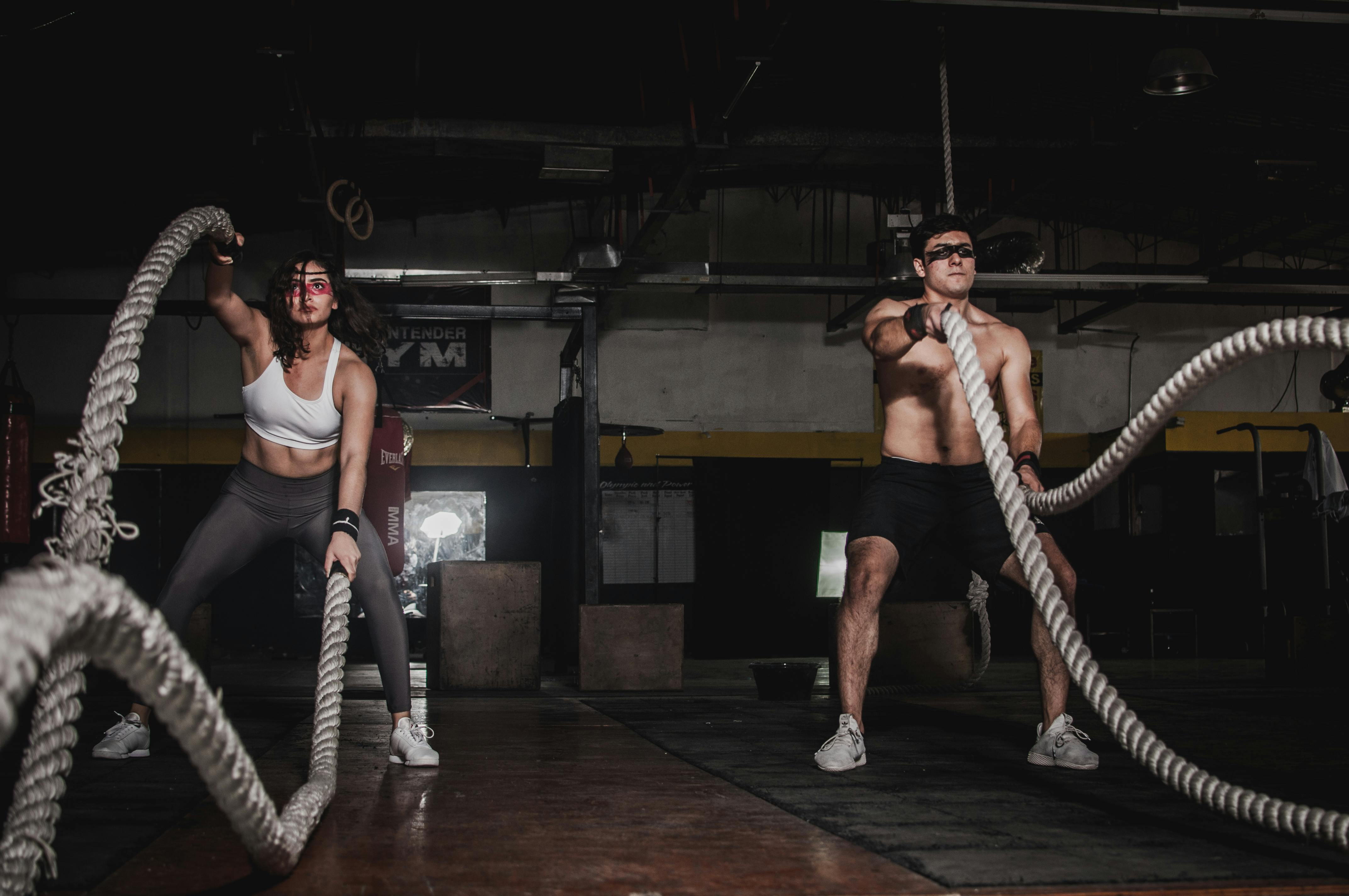Borg RPE Scale Interpreter
Convert your Rate of Perceived Exertion (RPE) to heart rate zones, VO2 estimates, and get exercise recommendations.
Convert your Rate of Perceived Exertion (RPE) to heart rate zones, VO2 estimates, and get exercise recommendations.
The Borg Rate of Perceived Exertion (RPE) Scale measures how hard you feel you're working during exercise, based on sensations like heart rate, breathing, and muscle fatigue (ACSM). The 6–20 scale correlates to 60–100% of maximum heart rate, while the 0–10 scale is simpler for general use. This tool converts your RPE score to heart rate zones, estimates VO2 max percentages, and provides workout recommendations for fat burning, endurance, or strength training.
Ideal for athletes, beginners, or seniors, it integrates with our BMI Calculator, RMR Calculator, Body Fat Calculator, and Senior Fitness Test. Track RPE trends to monitor fatigue and optimize training.
Enter your RPE score, select the scale (6–20 or 0–10), and provide your age and gender to estimate heart rate and VO2 zones. Save up to 10 results to track fatigue.
The Borg RPE Scale quantifies exercise intensity subjectively (ACSM):
- 6–20 Scale: Maps to 60–100% of max heart rate (Max HR = 220 - age for men, 226 - age for women).
- 0–10 Scale: Simpler, where 0 = rest, 5 = moderate, 10 = max effort.
RPE correlates with VO2 max zones for aerobic and anaerobic training.
RPE is converted to a percentage of max heart rate (e.g., RPE 13 ≈ 70% Max HR). VO2 max percentages are estimated similarly, guiding training zones:
- Rest: <50% Max HR
- Moderate: 50–70% Max HR (fat burning)
- Vigorous: 70–85% Max HR (aerobic)
- Maximum: >85% Max HR (anaerobic).
Based on your RPE (Mayo Clinic):
- RPE 11–13: Moderate cardio (e.g., brisk walking, cycling).
- RPE 14–16: Vigorous aerobic (e.g., running, HIIT).
- RPE 17+: Anaerobic (e.g., sprinting, heavy lifting).

This tool helps you:
- Estimate heart rate and VO2 zones without a monitor.
- Get tailored workout plans for fat burning, endurance, or strength.
- Track fatigue to prevent overtraining (CDC).
- Integrate with BMI, RMR, and Senior Fitness Test calculators.
Fitness trainers can embed this tool on their websites using:
<iframe src="https://www.mamacalculator.com/tools/fitness/borg-rpe-interpreter" width="100%" height="800"></iframe>
Include attribution: "Powered by MamaCalculator.com". Contact us for custom integrations.
The Borg RPE Scale measures perceived exertion during exercise. The 6–20 scale correlates to 60–100% max heart rate; 0–10 is simpler (ACSM).
RPE 6–20 approximates 60–100% of max HR (Max HR = 220 - age for men, 226 - age for women); RPE 10 on 0–10 scale ≈ 85% effort.
6–20 is detailed for athletes (6 = no exertion, 20 = max effort); 0–10 is simpler (0 = rest, 10 = max).
RPE correlates with VO2 max zones; RPE 13–14 ≈ 70–80% VO2 max for aerobic training (Mayo Clinic).
High RPE with low effort indicates fatigue; track trends to adjust training (CDC).
Yes, RPE is subjective and easy to use without equipment; start with 0–10 scale.
Pair with our BMI, RMR, or Senior Fitness Test calculators.
RPE 12–14 (60–70% max HR) for moderate-intensity fat-burning workouts.
RPE is a good alternative for those without monitors; it adapts to fitness level (NIH).
Use <iframe src="https://www.mamacalculator.com/tools/fitness/borg-rpe-interpreter" width="100%" height="800"></iframe> with attribution.
Use the Borg RPE Interpreter to gauge workout intensity, track fatigue, and plan effective exercises. Combine with our BMI Calculator, RMR Calculator, or Senior Fitness Test for a complete fitness profile. Learn more at Harvard Health.